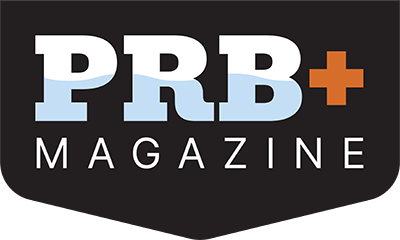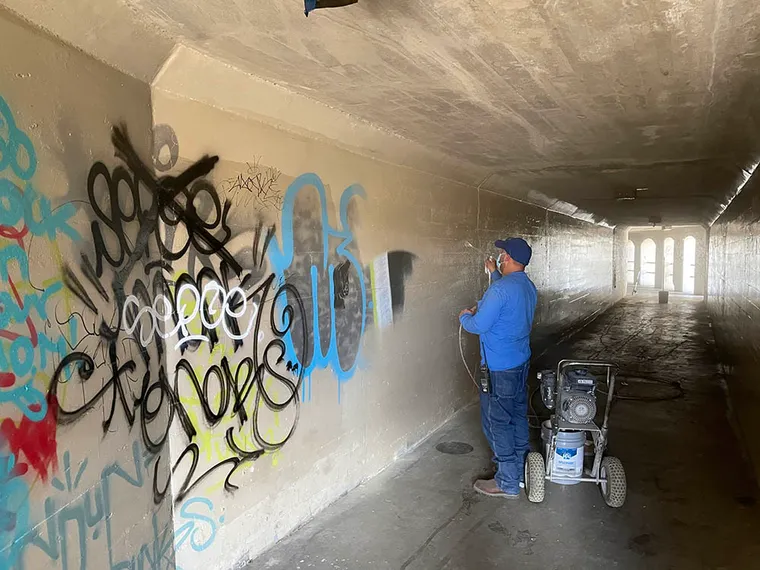How Fort Worth’s GAP initiative is protecting public and private spaces
The City of Fort Worth Park & Recreation Department in Texas encompasses a distinctive division within its programming portfolio – the Graffiti Abatement Program (GAP). Unlike typical offerings, it is specifically tailored to address the pervasive issue of graffiti within both the park system and the broader municipality.
Playing a pivotal role in the effort to reshape cultural behavior and elevate public satisfaction, GAP utilizes a multifaceted approach. This includes the systematic removal of graffiti, extensive preventative-outreach efforts, the coordination of volunteer projects, and the curation of community mural endeavors aimed at dissuading illegal markings. The primary objective is to safeguard and improve both public and private spaces, thereby enhancing the overall visual allure of the city. This service is extended as a complimentary offering to all property owners within the city.
A Tactical Approach
Crucially, GAP's financial backing comes from the Crime Control and Prevention District, a special tax district reliant on voter support for funding crime-prevention and community-based intervention programs. Since its inception in 1995, there has been a noteworthy decline in violent crime and illicit graffiti activity.
In the tactical execution of graffiti removal, GAP employs a comprehensive strategy customized for specific locations. Equipped with the tools for painting, pressure washing, and sandblasting, and employing specialized products such as sodium bicarbonate, the program ensures thorough abatement. Notably, GAP collaborates with local companies to formulate optimal chemical solutions for graffiti removal.
The efficacy of the program is underscored by its impressive statistics, removing over 14,000 illegal markings annually, with a remarkable 95% of these instances addressed within a 24-hour timeframe. Renowned for its rapid response, GAP balances speed with meticulous attention to detail.

